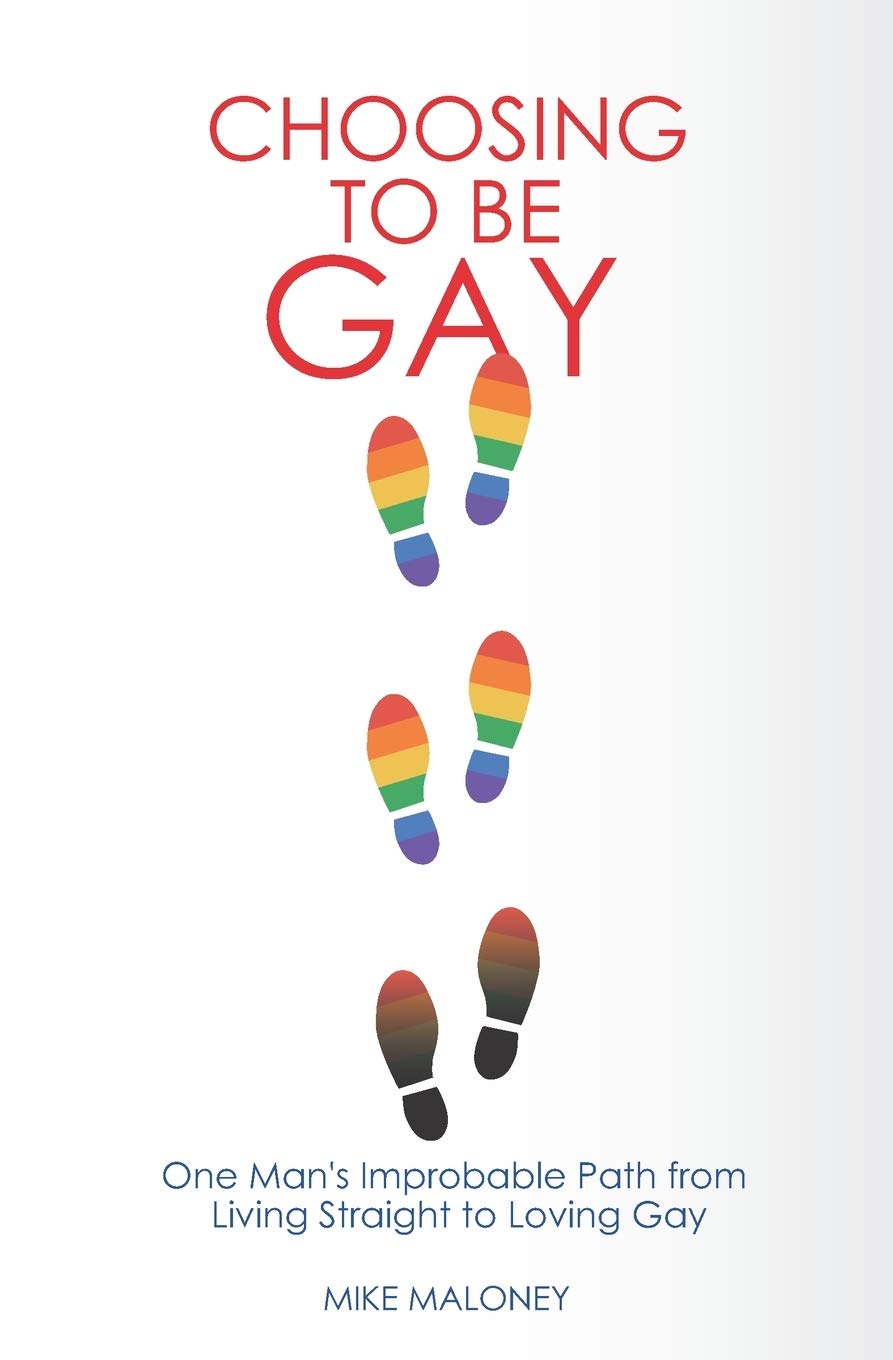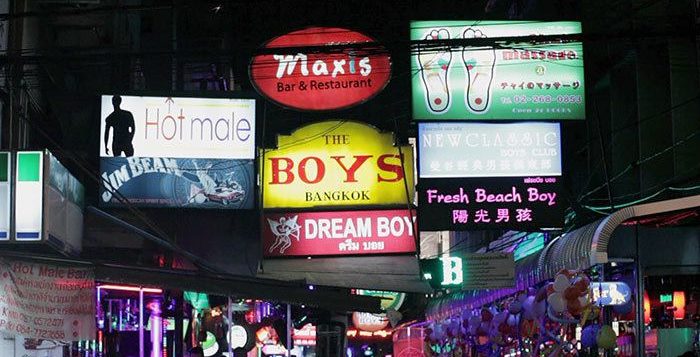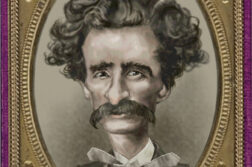 FOLLOWING RAINBOWS
FOLLOWING RAINBOWS
The Fast Times and Fleeting Fames in Gay Bangkok’s Boy Soi
by Mike Maloney
Independently published
150 pages, $9.99
 CHOOSING TO BE GAY
CHOOSING TO BE GAY
One Man’s Improbable Path from Living Straight to Loving Gay
by Mike Maloney
Kindle/Direct Publishing
150 pages, $16.
MOST GAY PEOPLE, when they discover the gay world, do so in a place that seems to them, at least for a while, the fulfillment of all their dreams. For many, before the Internet, it was at the bars; for others, the baths, the beach, the cruising block, and so on. For Mike Maloney it was on a side street off one of the main avenues in Bangkok, Thailand, called Soi Twilight or, as he nicknamed it, Boy Soi.
These places generally fulfill our dreams for only a limited period, or at least we don’t go to them every night of our lives as we may when we first discover their existence. We love the bars, for instance, but eventually tire of them as a steady diet. What’s extraordinary about Maloney’s memoir of his years visiting Bangkok, Following Rainbows, is how long his enchantment lasts. In his book, the time frame is hazy, though at one point he refers to fifteen years of attendance at the boy bars that made Bangkok a magnet for sex tourism.
In Japan from the 17th to the mid-19th century, the brothels, prostitutes, geisha, sumo wrestlers, and kabuki actors were located in a moated neighborhood of Edo (Tokyo) that was called the “Floating World”—“floating” in the sense of transient and fleeting. Maloney’s take on the boy bars of Bangkok is based on the very same theme: the fleeting nature of youth and beauty, not to mention popular tastes that eventually move the whole scene to another block. The reader is never sure how long Soi Twilight lasted; nor does Maloney deal with the effect AIDS had on it all (save in one of the individual boy’s stories at the end of the book), though I’m told by a friend that the Covid pandemic has brought this world to a halt.
Concerning everything else that he discusses, Maloney is very specific. What’s so engrossing about Following Rainbows, besides the natural, frank voice of the author, is its attention to detail. When Maloney discovered the Boy Soi, he had been working as a businessman in Southeast Asia for years, a married man with a wife and family in Texas who came out, as he puts it, “later in life”—as opposed to “late in life”—with the consciousness of his own fleeting chance of finding a gay boyfriend before he was too old. One calculates that he was in his fifties when he met Joe, a 22-year-old Thai, with whom he was in love for two years. Joe introduced him to the Thai version of the Floating World by taking him first to a ping-pong bar—a bar featuring nearly nude women who pole-dance on the ground floor and shoot ping-pong balls out of their vaginas on the second. (In the gay version a young man shoots darts out of his asshole that puncture a balloon held by another man.)
Andrew Holleran is the author of the novels Dancer from the Dance, Nights in Aruba, The Beauty of Men, and Grief.








